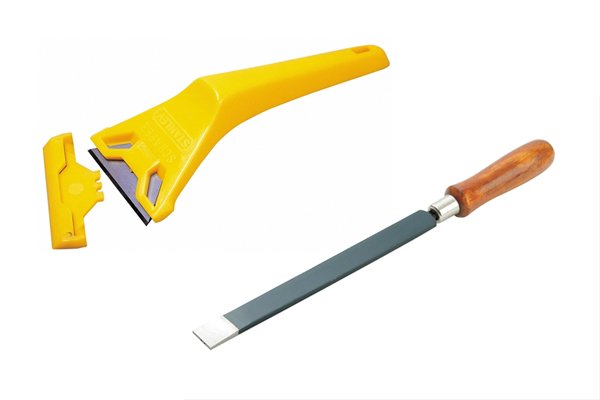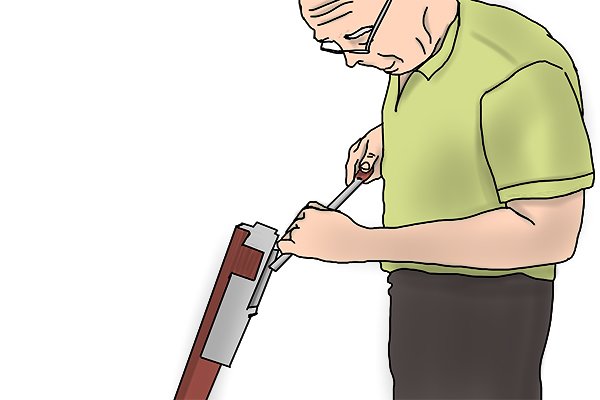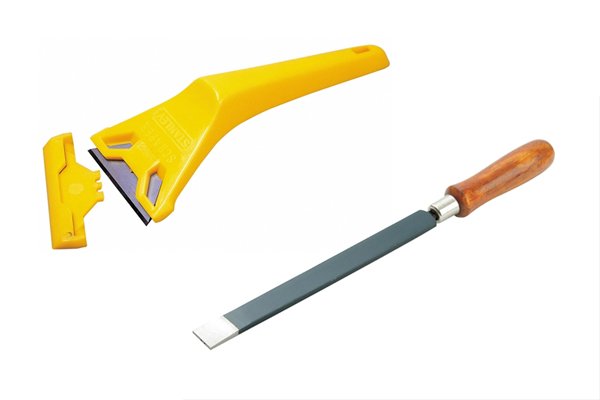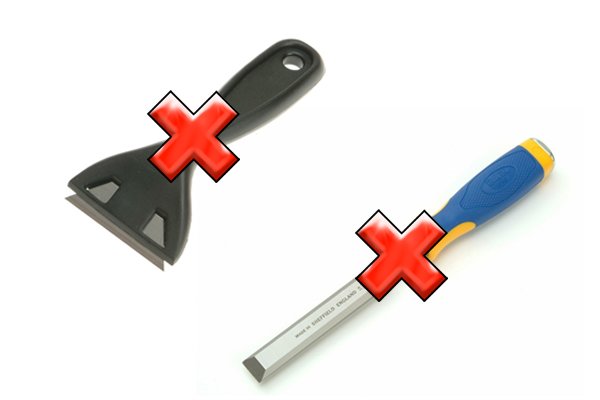
What is an engineer's scraper?
Content
An engineer's scraper is a hand tool used to remove raised points from the surface of machined metal. Scrapers are primarily used to eliminate ridges on flat surfaces in order to achieve a smoother surface (although a truly flat surface cannot be achieved).
Scrapers are primarily used to eliminate ridges on flat surfaces in order to achieve a smoother surface (although a truly flat surface cannot be achieved). The most common examples of using a scraper are:
The most common examples of using a scraper are: Engineering scrapers get their name from the way they scrape the metal surface to do their job.
Engineering scrapers get their name from the way they scrape the metal surface to do their job.
 Scraping has several advantages over other methods of removing protrusions such as lapping or sanding.
Scraping has several advantages over other methods of removing protrusions such as lapping or sanding. The blade of an engineering scraper is harder and thicker than that of a paint or glass and tile scraper. The heat-treating and tempering process that the engineered scraper undergoes gives it the superior hardness needed to scrape metal surfaces, and the thicker blade helps provide strength to prevent breakage during use.
The blade of an engineering scraper is harder and thicker than that of a paint or glass and tile scraper. The heat-treating and tempering process that the engineered scraper undergoes gives it the superior hardness needed to scrape metal surfaces, and the thicker blade helps provide strength to prevent breakage during use. The paint scraper will be too thin and not hard enough to scratch the metal surface.
The paint scraper will be too thin and not hard enough to scratch the metal surface.
An engineer's scraper is very similar to a file, but instead of having a large, rough surface for removing material, the scraper has a very sharp edge that is used to smooth out raised points.
 Scrapers are primarily used to eliminate ridges on flat surfaces in order to achieve a smoother surface (although a truly flat surface cannot be achieved).
Scrapers are primarily used to eliminate ridges on flat surfaces in order to achieve a smoother surface (although a truly flat surface cannot be achieved).When can a scraper be used?
 The most common examples of using a scraper are:
The most common examples of using a scraper are:- When transferring the accuracy of one mating surface to another, such as the cylinder block and cylinder head of an automobile engine
- To achieve a flat surface of machine blocks, which will improve the accuracy of the machine when using.
Why is it called a scraper?
 Engineering scrapers get their name from the way they scrape the metal surface to do their job.
Engineering scrapers get their name from the way they scrape the metal surface to do their job.
Why use a scraper?
 Scraping has several advantages over other methods of removing protrusions such as lapping or sanding.
Scraping has several advantages over other methods of removing protrusions such as lapping or sanding.If necessary, scraping can be applied to protrusions in only one specific area. It is also the only way to transfer the precision of one mating surface to another, and unlike grinding, it does not stress or heat the metal workpiece.
Engineer's Scrapers vs. Other Scrapers
 The blade of an engineering scraper is harder and thicker than that of a paint or glass and tile scraper. The heat-treating and tempering process that the engineered scraper undergoes gives it the superior hardness needed to scrape metal surfaces, and the thicker blade helps provide strength to prevent breakage during use.
The blade of an engineering scraper is harder and thicker than that of a paint or glass and tile scraper. The heat-treating and tempering process that the engineered scraper undergoes gives it the superior hardness needed to scrape metal surfaces, and the thicker blade helps provide strength to prevent breakage during use. The paint scraper will be too thin and not hard enough to scratch the metal surface.
The paint scraper will be too thin and not hard enough to scratch the metal surface.The chisel has the wrong cutting angle and will cut into the surface of the workpiece instead of sliding across the surface and only picking out the raised points.

